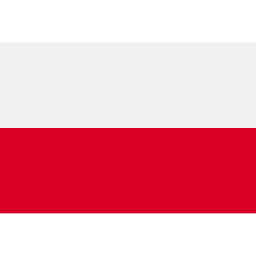
Iodine (from Latin Iodum) I
It can be found in trace amounts almost everywhere: in water, soil, rocks, plants, animals and humans. The largest source of iodine is seawater, holding about 34.5 million tons. However, the concentrations are so low - an average of 50 to 60 parts per billion (ppb) - that direct extraction is not possible.
A non-metal, it forms dark crystals with a characteristic odor, less chemically active than chlorine and fluorine. It dissolves poorly in water, but dissolves well in organic solvents, iodine solutions take on a purple color. An aqueous solution of iodine and potassium iodide (Lugol's fluid) forms a characteristic blue color when reacting with starch. Under the influence of heat, it sublimates from solid to gas form without passing through the liquid phase.
HI, NaIO3, KIO3, CuI2, Zn(IO3)2
Iodine is obtained as a byproduct of Chilean saltpeter production. In this method, iodates are partially reduced to iodides, which then react with undecomposed iodates after acidification to form free iodine. Most of the world's industrial iodine is extracted from brine (water heavily saturated with salt) mined in gas wells in Japan and from caliche ore mined in the Atacama Desert in northern Chile. In the United States, iodine is extracted from deep-sea brines in northern Oklahoma.
Iodine has a number of commercial applications and can be found in various pharmaceuticals, disinfectants, inks and dyes, catalysts, photographic chemicals and animal feed supplements. Iodine is an essential component of the diet because it is necessary for the production of thyroid hormones, and in medicine it is used in the form of iodine or iodide to disinfect cuts and wounds and as an internal contrast agent in imaging techniques such as computed tomography (CT), radiography and fluoroscopy. The element is used in chemical reactions in organic chemistry. The iodine isotope 131 is used in thyroid scintigraphy.
The world leader in iodine production is the United States. Azerbaijan, Chile, Indonesia, Japan and Russia are also important producers.
Iodine plays a key role in the production of the thyroid hormones thyroxine (T4) and triiodothyronine (T3). Iodine deficiency can lead to thyroid dysfunction, including goiter (enlargement of the thyroid gland), intellectual disability and cretinism. To prevent iodine deficiencies in the diet, in some countries iodine is added to table salt, which is known as salt iodization. Even animals can develop goiters due to iodine deficiency. Goiters are not uncommon in dogs, cattle, goats, birds and fish. The name "iodine" comes from the Greek word "iodes," meaning "purple," referring to the characteristic color of iodine vapor. Photography was the first commercial application of iodine. In 1839, Louis Daguerre invented a method of creating images called daguerreotypes on thin sheets of metal. Iodine is a component of nuclear fallout, the residue of radioactive material falling from the sky after a nuclear explosion. People in the radioactive area are at risk of inhaling or ingesting iodine, which is highly toxic in large doses.


